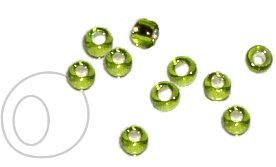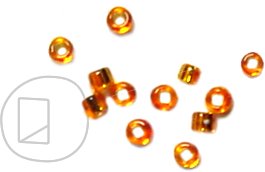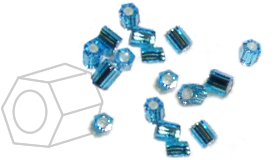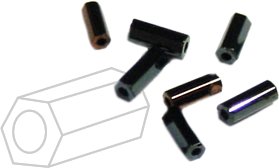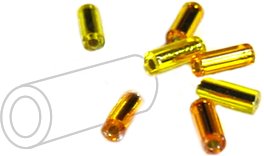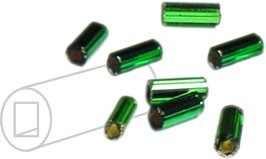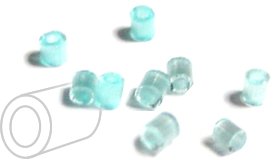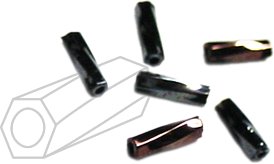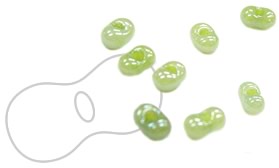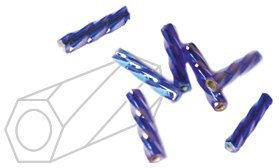Beading Wire Size Chart
Beading Wire Size Chart

When it comes to beading wire, the wire gauge and size are important factors to consider. The gauge refers to the thickness of the wire, while the size refers to the overall diameter of the wire. Here are some commonly used beading wire gauges and their corresponding sizes in this beading wire size chart.
This is a general beading wire size chart and actual sizes might differ from manufacturer to manufacturer.
| Gauge | Diameter (mm) | Common Uses |
|---|---|---|
| 30 | 0.25mm | Delicate beadwork, intricate designs |
| 28 | 0.32mm | Fine beadwork, weaving with seed beads |
| 26 | 0.41mm | Lightweight beads, intricate designs |
| 24 | 0.51mm | Small to medium-sized beads |
| 22 | 0.64mm | Versatile size for a range of beads |
| 20 | 0.81mm | Medium-sized beads, general purpose |
| 18 | 1.02mm | Medium to large-sized beads |
| 16 | 1.29mm | Large beads, wire wrapping |
| 14 | 1.63mm | Bold designs, statement pieces |
| 12 | 2.05mm | Wire sculptures, structural elements |
| 10 | 2.59mm | Heavy-duty projects, large-scale designs |
| 8 | 3.26mm | Extra thick wire, specialized projects |
Tiger Tail
Tiger Tail Wire typically comes in different sizes or thicknesses, usually measured in terms of strands and diameter. Here are some commonly available sizes of Tiger Tail Wire:
- 7 Strand, 0.30mm Diameter: This is a thin Tiger Tail Wire suitable for delicate beadwork and lightweight designs.
- 19 Strand, 0.38mm Diameter: This medium-sized Tiger Tail Wire offers versatility and is suitable for a wide range of bead sizes.
- 49 Strand, 0.46mm Diameter: This thicker Tiger Tail Wire provides increased strength and durability for heavier beads and larger gemstones.
- 84 Strand, 0.61mm Diameter: This heavy-duty Tiger Tail Wire offers maximum strength and is suitable for projects requiring substantial support.
Please note that the available sizes of Tiger Tail Wire may vary slightly between manufacturers and brands. This beading wire size chart is only for reference and some variation might be possible.










